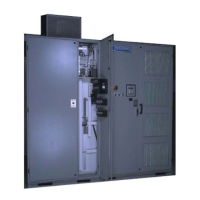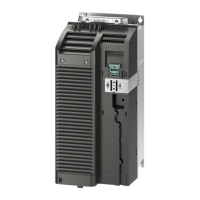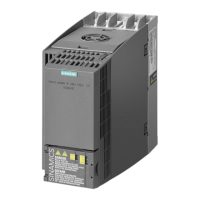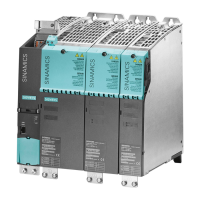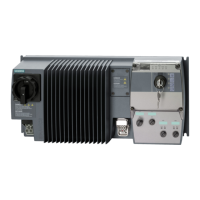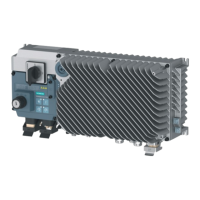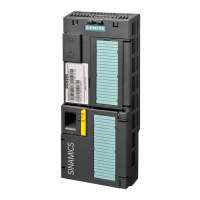8.16 Output Filters
Output lters are used for the following reasons:
• for down-hole pumping with long cables.
• when shielded output cables are used.
• to avoid any problem with cable reections.
• to address EMI or DV/DT requirements.
• with the capacitors omitted, the lter can be used as output reactors for synchronous transfer
to limit the current that can circulate while the VFD output is connected to the MV input.
NXGPro+ control supports output lters for all control modes.
Output Filter design and operation
The output lter consists of an LC lter used to prevent the output cable dynamics from
interfering with the drive output. It is designed to remove all high frequency components in the
drive output voltage to result in a nearly perfect sinusoidal output waveform.
The output lter adds losses proportional to the square of the RMS output current. The lter
inductance is in series with the VFD output and motor load and can reduce the output voltage
capability, depending on the load power factor. The lter also introduces an amplifying
resonance, which could limit the closed-loop gain for high-performance applications. The lter
consists of series inductors in each phase connected between the drive outputs and the load
(motor) terminals. Shunt capacitors in each phase connect between the load terminals and are
arranged in a oating wye conguration. Capacitors are omitted for closed synchronous transfer
applications.
Having an output lter adds additional concerns with stability and the ability to bypass
redundant cells. The parameter "Permitted Min cell count" (2541) limits the overall number of
cells in bypass, but not their destination.
Advanced Operating Functions
8.16 Output Filters
NXGPro+ Control Manual
256 Operating Manual, A5E50491925A
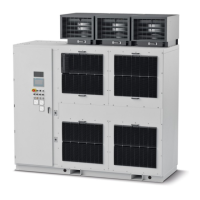
